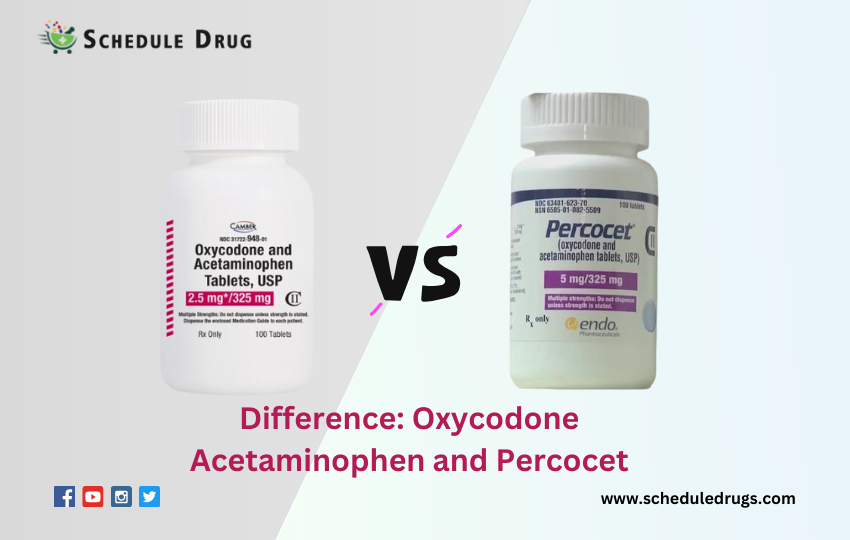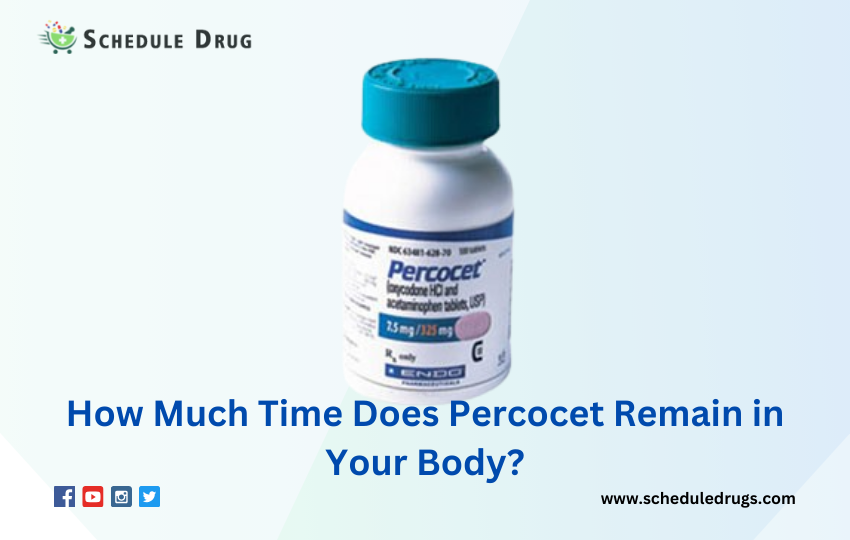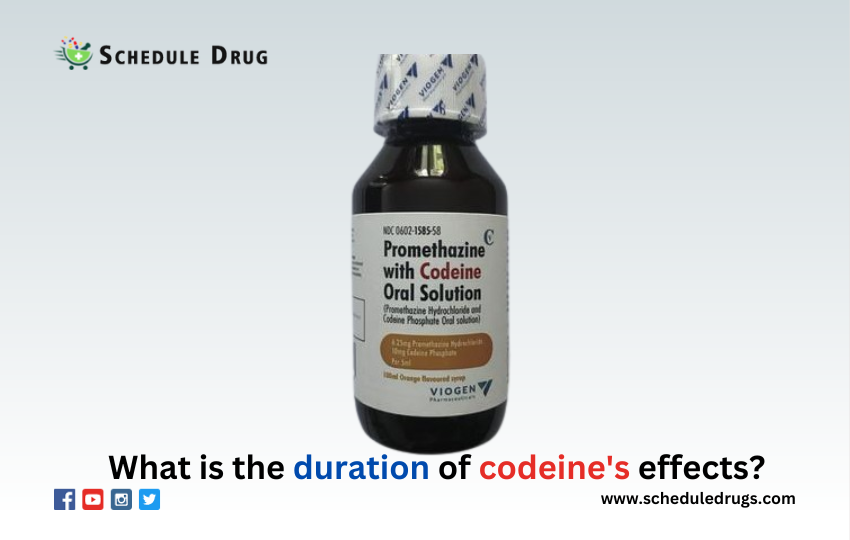Subutex Vs Suboxone: Which Is Better Safer During Pregnancy?
Both Subutex and Suboxone are medications used to treat opioid dependence, but they differ slightly in composition and safety profiles. Subutex contains buprenorphine alone, while Suboxone combines buprenorphine with naloxone to prevent misuse. These medications help reduce cravings and withdrawal symptoms, allowing pregnant women to manage opioid addiction more safely under medical supervision.
Subutex is often preferred for pregnant women because it does not contain naloxone, which could potentially cause stress to the fetus. Studies suggest that buprenorphine-only treatments may lower the risk of neonatal abstinence syndrome (NAS) compared to full opioids. However, medical monitoring remains essential to ensure proper dosage and minimize withdrawal effects for both mother and baby.
When it comes to Subutex vs Suboxone, both are effective for opioid maintenance therapy, but Subutex is generally considered the safer option during pregnancy. Suboxone may be more suitable for non-pregnant individuals due to its lower risk of misuse. Ultimately, the choice depends on medical evaluation, the stage of pregnancy, and the patient’s health history. Always consult an addiction specialist or OB-GYN (Obstetrician-Gynecologist) before starting or switching medications.
What Is Suboxone?
Suboxone is a prescription medication commonly used to treat opioid dependence and addiction. It contains two active ingredients buprenorphine and naloxone that work together to help reduce cravings and withdrawal symptoms associated with opioid use. By targeting the same receptors in the brain that opioids affect, Suboxone helps individuals manage their recovery more comfortably and safely, reducing the risk of relapse.
The buprenorphine component in Suboxone acts as a partial opioid agonist, meaning it produces a milder version of the effects caused by stronger opioids such as heroin or prescription painkillers. This helps to satisfy the brain’s craving for opioids without producing the same level of euphoria, allowing for a smoother transition toward recovery. The naloxone component serves as a deterrent to misuse; if someone attempts to inject buy Suboxone online naloxone will block opioid effects and trigger withdrawal symptoms, preventing abuse.
What Is Subutex?
Subutex is a prescription medication primarily used to treat opioid dependence and addiction. It contains buprenorphine, a partial opioid agonist that helps reduce withdrawal symptoms and cravings without producing the intense euphoria associated with opioids like heroin or oxycodone. By binding to the same receptors in the brain that opioids target, Subutex helps individuals gradually regain control over their lives while minimizing the painful effects of withdrawal.
When taken correctly, Subutex can be a powerful tool in helping people overcome opioid addiction. It allows patients to focus on rebuilding their lives, improving their health, and maintaining long-term sobriety. Still, it’s essential to buy Subutex online under a doctor’s guidance to ensure safe and effective recovery.
How to Take Subutex
Taking Subutex correctly is essential for safe and effective opioid addiction treatment. Subutex comes in a sublingual tablet form, which means it should be placed under the tongue to dissolve. Do not chew, swallow, or crush the tablet, as this can make the medication less effective. Allow the tablet to fully dissolve—this usually takes a few minutes. It’s best not to eat or drink anything until the tablet has completely dissolved to ensure full absorption of buprenorphine, the active ingredient.
Your doctor will determine the right Subutex dosage based on your level of dependence and overall treatment plan. It’s crucial to follow your healthcare provider’s instructions exactly, taking more or less than prescribed can increase the risk of side effects or withdrawal symptoms.
How to Take Suboxone
Suboxone is a medication used in opioid addiction treatment, combining two active ingredients: buprenorphine and naloxone. Buprenorphine helps reduce cravings and withdrawal symptoms, while naloxone discourages misuse by causing withdrawal if the medication is injected. To ensure it works properly, Suboxone must be taken exactly as prescribed by your healthcare provider.
Suboxone is typically available as a sublingual film or tablet, meaning it should be placed under your tongue (not swallowed, chewed, or crushed). Allow it to fully dissolvethis usually takes a few minutes. Avoid eating, drinking, or talking while the film or tablet dissolves to help your body absorb the medication effectively.
Key Differences Between Suboxone and Subutex
Suboxone and Subutex are both used to treat opioid addiction, but they differ mainly in composition and misuse potential. Below is a quick comparison table highlighting their key differences:
Key Differences Between Suboxone and Subutex
| Feature | Subutex | Suboxone |
| Active Ingredients | Contains buprenorphine only | Contains buprenorphine and naloxone |
| Purpose | Used to treat opioid dependence, typically in the early stages of treatment | Used to treat opioid addiction, especially for long-term maintenance |
| Form | Sublingual tablet (placed under the tongue to dissolve) | Sublingual film or tablet (placed under the tongue or inside the cheek to dissolve) |
| Risk of Misuse | Higher risk due to absence of naloxone | Lower risk — naloxone prevents misuse by causing withdrawal if injected |
| Common Use Stage | Often prescribed during initial detox or induction phase | Commonly used during maintenance phase of recovery |
| Taste and Dissolution | Slightly bitter, dissolves under the tongue | Film has a milder taste and dissolves faster |
| Availability | Less commonly prescribed today | More widely prescribed and available |
| Cost | Can be less expensive | Typically more expensive due to dual ingredients |
| Supervision Requirement | Usually prescribed under closer medical supervision | Can be prescribed for at-home use after stabilization |
Active Ingredients
Active ingredients are the key components in a product that deliver the main benefits or desired effects. Whether in skincare, medicine, or supplements, these ingredients are scientifically formulated to target specific issues. For instance, in skincare, active ingredients like retinol, vitamin C, and salicylic acid help treat acne, boost collagen, and brighten skin. In medications, actives like ibuprofen or paracetamol relieve pain and reduce fever, while in supplements, actives such as omega-3s or probiotics promote overall health.
The effectiveness of any product largely depends on the type and concentration of its active ingredients. Understanding them helps you make better choices for your needs. For example, if you’re looking for anti-aging results, you might seek products with peptides or hyaluronic acid.
Mechanism of Action
The mechanism of action refers to the specific process by which a drug, ingredient, or compound produces its effects in the body. In simple terms, it explains how a substance works at the molecular or cellular level to bring about a therapeutic outcome. For example, pain relievers like ibuprofen work by blocking the production of prostaglandins — chemicals that cause inflammation and pain — while antibiotics destroy or inhibit the growth of bacteria. Understanding a compound’s mechanism of action helps researchers, doctors, and consumers know what to expect in terms of benefits, potential side effects, and safety.
Every active ingredient or medication has its own unique mechanism of action. In skincare, retinoids accelerate cell turnover and boost collagen production, while in mental health treatments, antidepressants like SSRIs work by increasing serotonin levels in the brain.
Benefits of Subutex Vs Suboxone
When it comes to treating opioid dependence, both Subutex and Suboxone are effective medications but they work a little differently. The key distinction lies in their composition: Subutex contains only buprenorphine, while Suboxone combines buprenorphine with naloxone. Both help reduce cravings and withdrawal symptoms, but the addition of naloxone in Suboxone provides an extra layer of safety by discouraging misuse through injection.
One of the main benefits of Subutex is that it can be better tolerated for individuals who are sensitive to naloxone or who experience side effects from it. It’s often prescribed during the early stages of detox or in specific medical situations, such as pregnancy, when a single-ingredient option may be preferred.
Pregnancy
Pregnancy is a remarkable and transformative period marked by physical, emotional, and hormonal changes as a new life develops within the body. Typically lasting about 40 weeks, pregnancy is divided into three trimesters, each bringing unique milestones and challenges. From the early signs such as morning sickness and fatigue to the later stages of growth and preparation for birth, every phase plays a vital role in supporting both mother and baby.
Maintaining good health during pregnancy is essential. A balanced diet rich in vitamins, minerals, and protein supports fetal development, while regular prenatal checkups help monitor progress and detect potential complications early. Folic acid, iron, and calcium are especially important nutrients that contribute to the healthy growth of the baby’s brain, bones, and blood. Staying active with safe exercises and getting adequate rest also help promote a smoother pregnancy experience.
Emotional well-being is equally important during pregnancy. Hormonal shifts can affect mood, so surrounding yourself with support through family, friends, or healthcare professionals—can make a big difference. Avoiding harmful substances like alcohol, tobacco, and certain medications is critical to ensure the baby’s safety and health.
Pregnancy is a beautiful journey that requires mindfulness, care, and connection. Every step, from conception to delivery, is an opportunity to nurture both the mother’s body and the new life growing within. With proper guidance, nutrition, and emotional support, pregnancy can be an empowering experience leading to the joy of new beginnings.
Which One You Should Use During Pregnancy
When it comes to treating opioid dependence during pregnancy, safety for both the mother and the baby is the top priority. Both Subutex and Suboxone contain buprenorphine, a medication that helps reduce cravings and withdrawal symptoms. However, there is an important difference: Subutex contains only buprenorphine, while Suboxone combines buprenorphine with naloxone.
During pregnancy, doctors often prefer Subutex over Suboxone. This is because Subutex does not contain naloxone, which is included in Suboxone to prevent misuse. While naloxone is generally safe, its effects on unborn babies are not as well-studied. To minimize any potential risk, healthcare providers typically recommend Subutex as the safer option for pregnant women.
That said, every pregnancy and recovery journey is unique. The decision between Subutex and Suboxone should always be made under close medical supervision. A healthcare provider will consider your medical history, stage of pregnancy, and treatment goals before determining which medication is most appropriate. Never stop or switch medications without consulting your doctor, as sudden withdrawal can be harmful to both you and your baby.
Which Is Better: Suboxone or Subutex?
Subutex contains only buprenorphine, while Suboxone combines buprenorphine with naloxone, an ingredient added to discourage misuse by injection. Both medications help reduce cravings and withdrawal symptoms, allowing individuals to focus on recovery and stability.
Suboxone is considered the better long-term option. The inclusion of naloxone makes it safer and less likely to be abused, which is why it’s the preferred choice for outpatient or maintenance treatment. Suboxone provides effective craving control and has been shown to support sustained recovery when used under medical supervision as part of a comprehensive treatment plan.
Suboxone or Subutex is better depending on individual needs, medical conditions, and treatment goals. Both medications are highly effective when used correctly and under professional care. Your healthcare provider can determine which option will best support your recovery journey safely and successfully.
Potential Side Effects and Risks
Both Suboxone and Subutex are effective medications for treating opioid dependence, but like all prescription drugs, they come with potential side effects and risks. Understanding these effects can help patients use the medication safely and under proper medical supervision.
Common side effects of Suboxone and Subutex may include headache, nausea, vomiting, constipation, sweating, insomnia, and mild withdrawal-like symptoms. Some people may also experience dizziness or drowsiness, especially when starting treatment or adjusting doses.
During pregnancy, Subutex is generally preferred over Suboxone because it lacks naloxone, reducing potential risks to the baby. However, both medications should only be used under the supervision of a qualified healthcare provider.
Common Side Effects
While Suboxone and Subutex are highly effective in treating opioid dependence, some individuals may experience side effects as their bodies adjust to the medication. These effects are often mild and temporary but should still be monitored.
Here are the most common side effects:
- Headache or lightheadedness
- Nausea or vomiting
- Constipation
- Sweating or hot flashes
- Drowsiness or fatigue
- Insomnia (trouble sleeping)
- Dry mouth
- Stomach pain or upset
- Mild withdrawal-like symptoms (in some cases)
- Mood changes such as anxiety or irritability
They may adjust your dosage or recommend ways to manage discomfort. While most side effects are not serious, you should seek immediate medical attention if you experience severe dizziness, breathing problems, allergic reactions, or confusion.
Severe Side Effects
Although Suboxone and Subutex are generally safe when taken as prescribed, they can cause severe side effects in some cases. These effects are rare but require immediate medical attention, as they may indicate a serious reaction or overdose.
Here are the most severe side effects to watch for:
- Difficulty breathing or shortness of breath
- Extreme drowsiness or loss of consciousness
- Severe allergic reactions (swelling of the face, lips, tongue, or throat)
- Irregular heartbeat or chest pain
- Confusion, severe dizziness, or fainting
- Yellowing of the skin or eyes (possible liver problems)
- Unusual fatigue or weakness
- Blurred vision or slurred speech
- Intense abdominal pain or dark-colored urine
- Signs of opioid overdose (slow breathing, blue lips or fingernails, unresponsiveness)
If you experience any of these symptoms, seek emergency medical help immediately. These reactions may indicate a serious medical condition or drug interaction, especially if Suboxone or Subutex is combined with alcohol, benzodiazepines, or other central nervous system depressants.
Interactions with Other Medications
Both Suboxone and Subutex can interact with other medications, which may increase the risk of side effects or reduce their effectiveness. Since both drugs contain buprenorphine — a partial opioid agonist — they can affect the central nervous system (CNS). This means that combining them with other substances that also slow down the CNS can lead to dangerous outcomes, such as excessive sedation, slowed breathing, or even overdose.
The most important drug interactions to be aware of include sedatives, sleep medications, anti-anxiety drugs (like benzodiazepines), alcohol, and certain antidepressants. Mixing Suboxone or Subutex with these substances can intensify their effects, leading to respiratory depression or loss of consciousness.
Conclusion
Both Suboxone and Subutex play essential roles in helping individuals overcome opioid dependence safely and effectively. While these medications share the same primary ingredient buprenorphine their differences in formulation make them suitable for different stages or circumstances of treatment. Suboxone’s added naloxone provides extra protection against misuse, making it ideal for long-term maintenance, while Subutex may be the preferred choice during pregnancy or for those who cannot tolerate naloxone.
In the end, the choice between Suboxone and Subutex should always be made with the guidance of a qualified healthcare provider. With the right treatment plan and ongoing support, individuals can reclaim control, restore health, and move forward toward a life free from opioid dependence.
FAQ (Frequently Asked Questions)
Which medication is safer during pregnancy?
Subutex is generally considered safer during pregnancy because it does not contain naloxone. This reduces potential risks to the developing baby. However, treatment should always be managed by a healthcare provider experienced in addiction and prenatal care.
Can Suboxone or Subutex cause withdrawal symptoms?
Yes, if stopped suddenly or used incorrectly, both medications can cause withdrawal symptoms. It’s important to follow your doctor’s instructions and never adjust your dose without medical advice. Gradual tapering under supervision can help avoid discomfort.
Can I take other medications while on Suboxone or Subutex?
Some medications — especially sedatives, benzodiazepines, and alcohol — can cause dangerous interactions when taken with Suboxone or Subutex. Always inform your doctor about any other medications, supplements, or herbal products you use.
How long will I need to take Suboxone or Subutex?
The duration of treatment varies by individual. Some people use it short-term during detox, while others continue long-term maintenance to prevent relapse. Your healthcare provider will create a plan tailored to your recovery needs.



